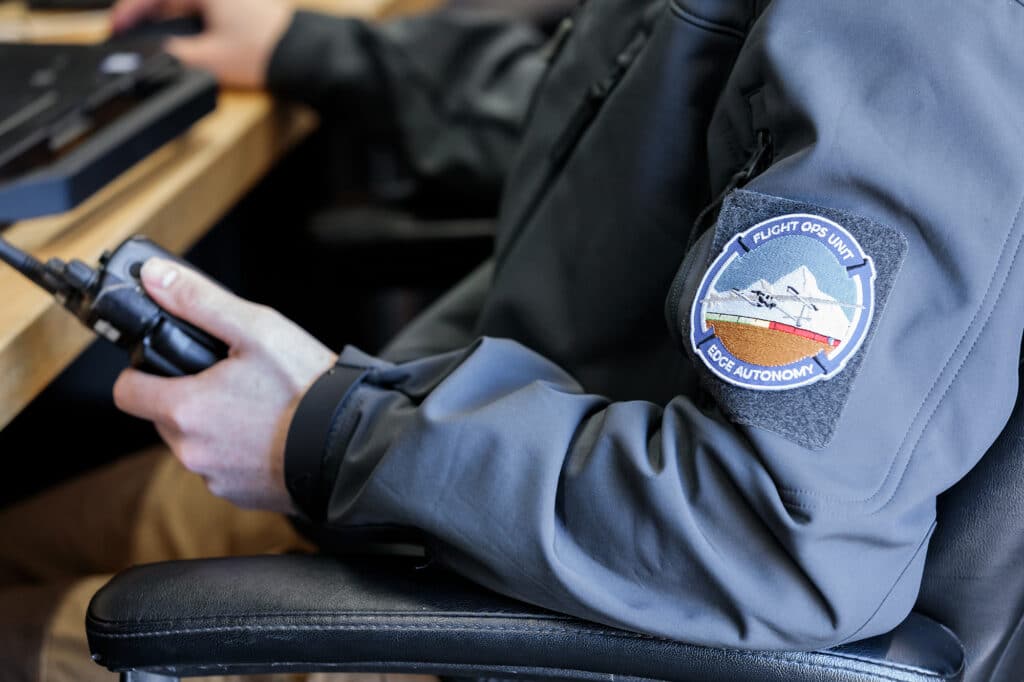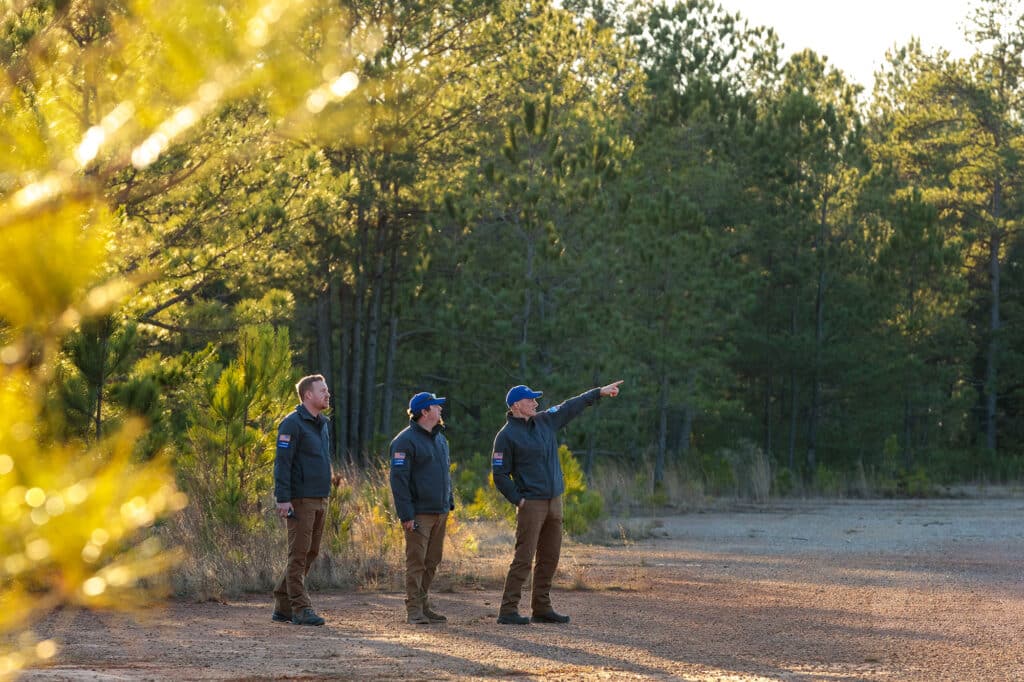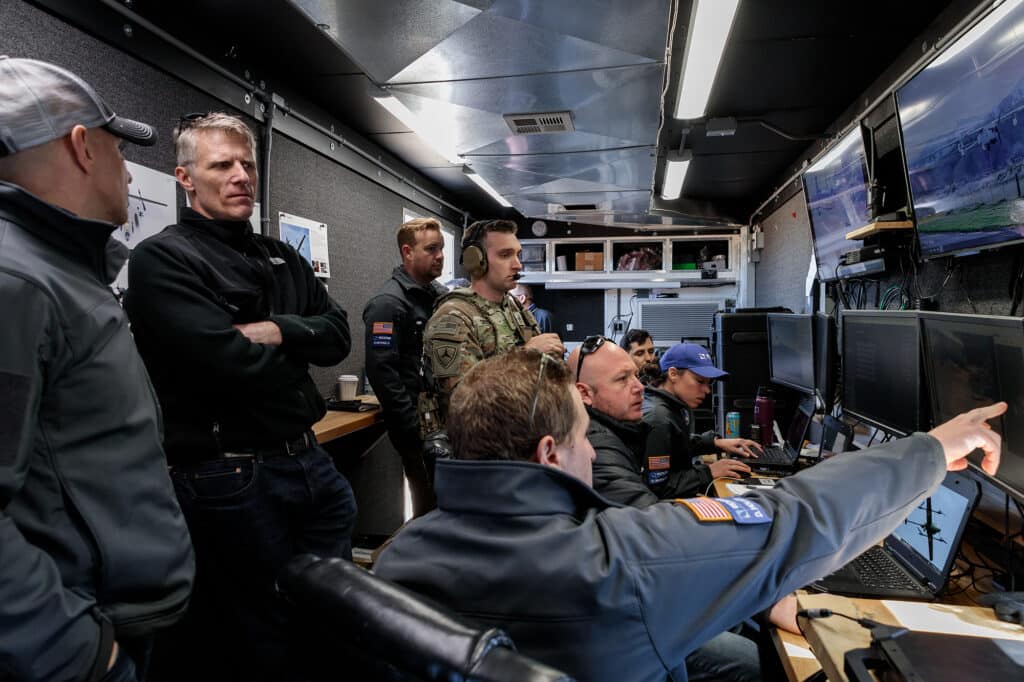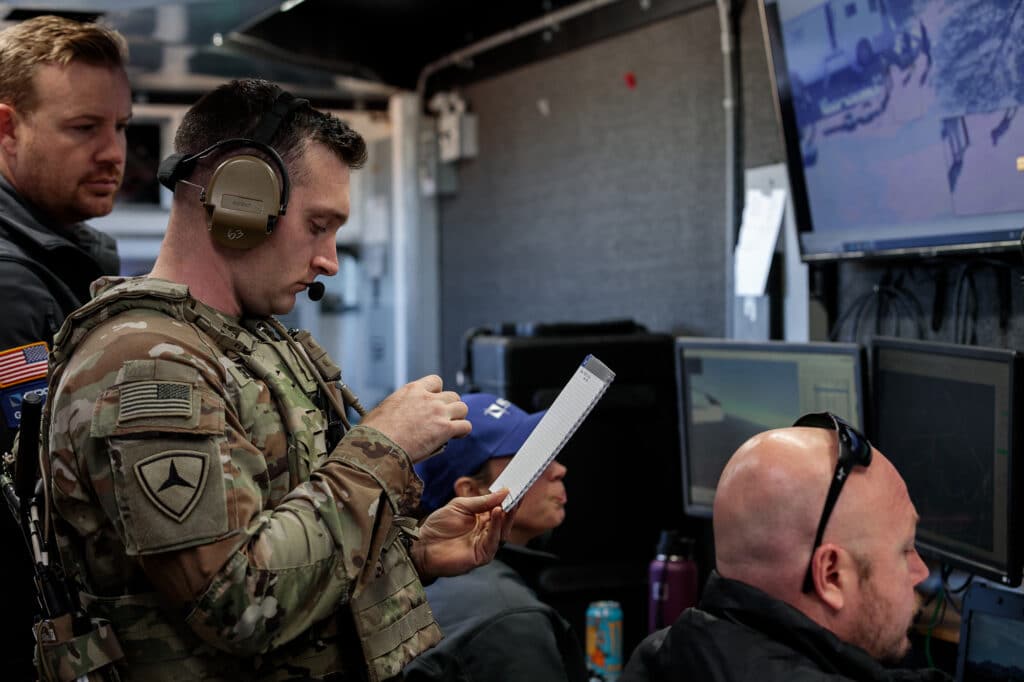
As a U.S. Army Veteran with seventeen years in the aviation industry, Greg Nichols understands the critical role Edge Autonomy’s technologies can play in achieving mission success for soldiers on the battlefield.
“There was a time when I was the soldier on the ground,” he says. “I know how important it is to get fast and accurate intel, and I’ve been a part of mission operations from the boots-on-the-ground all the way up the chain of command.”
As Director of Flight Operations for Edge Autonomy, Greg applies this real-world experience to meeting customer needs. He leads a team of instructors, operators, and subject matter experts, including several Veterans with service in Army, Airforce, and Navy.
The US Flight Operations team ensures that the Edge Autonomy VXE30 Stalker uncrewed aircraft meets a wide array of mission criteria and are ready to perform under a variety of complex, ever-changing conditions. A portable, flexible, and quiet UAS platform, the VXE30 Stalker provides long-endurance, long-range mission support in a wide variety of environments. And with the newly-release VXE30 Stalker Havoc configuration, the range and payload capacity of the aircraft has more than doubled.
“Working with the VXE30 Stalker really makes me appreciate the robust capabilities of the aircraft and its ability to provide fast and accurate ‘eyes in the sky’ information to the team on the ground,” Greg explains. “Other systems I’ve used in the past have a significantly shorter flight time and smaller cameras, which honestly don’t make much sense in the field. On the other hand, the Stalker presents a full ISR package with a small logistics footprint so that our customers can get greater situational awareness when time is of the essence. This also reduces the cognitive load on the operator so that they can easily control the intel they need and want.”
Edge Autonomy is the Original Equipment Manufacturer (OEM) of the VXE30 Stalker and has been innovating and evolving the aircraft since 2006. With recent upgrades in range and payload capacity and exciting AI integrations on the horizon, this is a dynamic time to be a part of the Flight Operations team.
“This group is smart and highly motivated – I don’t think people realize how hard they work,” Greg says of his crew. “Every single one of them is exceptional.”


Positive attitudes and unwavering commitment make this front-facing team a cohesive unit where everyone works together. “They want these aircraft to succeed in providing our customers with the best and most reliable intel possible. Their motivation and dedication are phenomenal. They often work long days and are happy to do so to meet our objectives.”
One of these primary objectives is conducting field exercises at both dedicated testing facilities and on military installations across the United States. At a recent demo over Fort Carson, Colorado, Edge Autonomy Flight Operations worked with active-duty personnel within the 10th Special Forces Group (Airborne), the Army’s original SFG focusing on the Eastern Europe area of operations.
“This year has consisted of back-to-back demos that showcase our innovations,” says Greg. “We’ve been all over the country conducting training events and demonstrations for our military partners. Success has become our ‘normal’ because it’s what we do all the time.”
This success means a growing demand for on-site demonstrations – and Edge Autonomy continues to expand to meet these needs.
“I’m looking forward to our team doing even more fieldwork with our customers,” says Greg. “When we conduct on-site support, it isn’t just an opportunity to teach our customers how to operate our aircraft – it’s also an opportunity to learn from them and understand the real-world needs in the field.”
Based on this year’s track record of successful demonstrations and customer training, the future is looking bright for the Flight Operations Department.
“I’m very proud of this team,” says Greg. “Their success not only reflects on Edge Autonomy, but also helps us support our customers’ critical mission needs.”
Interested in joining a motivated, dedicated, and mission-ready team like this one? Take a look at our open positions.


